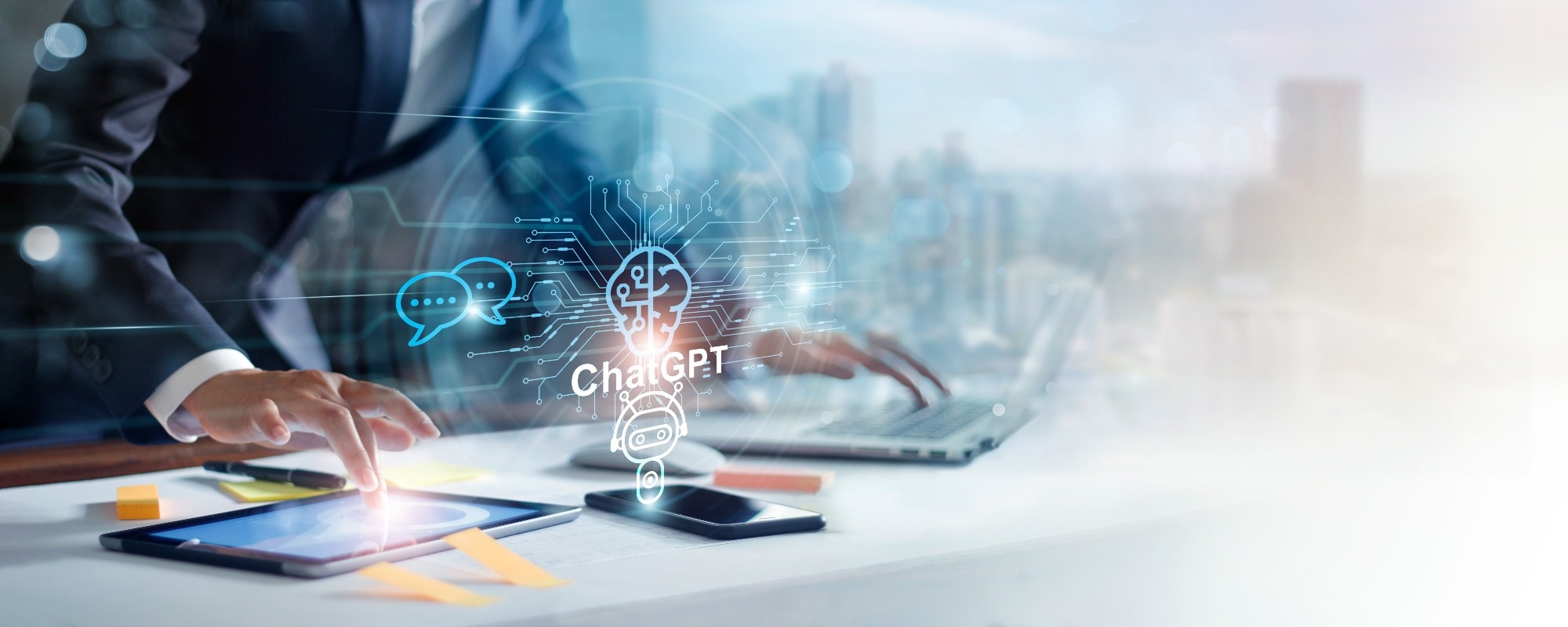The processing of remote sensing images is a crucial undertaking in the monitoring and analysis of the Earth's surface and environment. The application of visual ChatGPT is observed across diverse domains including urban planning, forestry, agriculture, water resources, and geology. Nonetheless, scrutinizing and construing extensive quantities of this data can be arduous and demanding in terms of time and effort. As such, this task necessitates a certain level of specific knowledge and proficiency. Large language models have emerged as potent and innovative tools for human aid in numerous facets in recent years. These models possess the potential to be applied in the field of remote sensing. The ChatGPT model is a notable example among LLMs, exhibiting significant potential in aiding individuals with various tasks.
Visual ChatGPT is equipped with various functionalities such as the ability to produce textual depictions of images, execute canny edge and straight-line detection, and carry out image segmentation. These insights are of great value in understanding image content and aid in the interpretation and extraction of information.
A recent study published in the journal Remote Sensing explores the potential of the current visual ChatGPT model in effectively handling remote sensing images. The challenges and potential opportunities associated with this model are also emphasized.
What is visual ChatGPT?
Visual ChatGPT is a sophisticated visual language model that merges the functionalities of text-based language models with visual comprehension. The innovative methodology facilitates the capacity of machines to scrutinize images and produce pertinent textual or visual results, thereby introducing novel prospects for image examination and manipulation. Visual ChatGPT possesses a notable characteristic whereby it can integrate cutting-edge algorithms and data into its existing model, thereby enabling ongoing enhancement and adjustment.
By fine-tuning the model using datasets specific to a particular domain, visual ChatGPT has the potential to enhance its proficiency in performing specialized tasks, thereby rendering it an indispensable instrument for the analysis of images.
What does this study involve?
The present study orchestrates the potential of visual ChatGPT in remote sensing. It talks about how the utilization of visual ChatGPT necessitates a dynamic and iterative procedure. The versatility of this system enables the execution of a diverse array of tasks, encompassing the production of images derived from the user input text, the provision of descriptive annotations for photographs, the resolution of image-related inquiries, the identification of objects and poses, and the application of visual ChatGPT in a range of image processing methodologies like image segmentation, scene classification, straight line detection, and edge detection, all of which hold significance in the realm of remote sensing.
This study evaluates visual ChatGPT by first assessing its efficacy in tasks related to scene classification. Subsequently, a qualitative assessment has been conducted to evaluate the efficacy of visual ChatGPT in detecting edges and straight lines in remote sensing imagery obtained from Google Earth, sourced from a publicly accessible dataset. Finally, the image segmentation capability of visual ChatGPT was assessed using images sourced from the aforementioned dataset, which was purposefully curated for the purpose of training segmentation data.
 Study: Transforming Remote Sensing: Unleashing the Power of Visual ChatGPT for Image Analysis. Image credit: PopTika / Shutterstock
Study: Transforming Remote Sensing: Unleashing the Power of Visual ChatGPT for Image Analysis. Image credit: PopTika / Shutterstock
Major findings
The following are the most important contributions of this study:
- This study demonstrates that the visual ChatGPT correctly processed and classified a significant number of photos spanning various categories.
- It underscores the visual ChatGPT model’s difficulties when processing aerial or satellite imagery.
- It aims to evaluate the efficacy of the submodel of visual ChatGPT in detecting edges in remote sensing images. The results are significant as they demonstrate that the automated function executed by visual ChatGPT bears a close resemblance to what a human evaluator would consider appropriate.
- It reveals that visual ChatGPT performed poorly in line detection. Due to class imbalance, measurements like accuracy are unsuitable for reliable measurement because lines make up a small percentage of pixels.
- It offers several research directions that could be explored to make improvements in the field of visual language models and remote sensing.
Conclusion
To summarize, this study evaluated the suitability and efficacy of visual ChatGPT, a visual language model, for processing remote sensing imagery tasks. It sheds light on the present capabilities, constraints, and potential prospects of this technology. The efficacy and limitations of this model have been exhibited in diverse remote sensing assignments, including but not limited to image categorization, identification of edges and lines, and image partitioning. Furthermore, the discourse has centered on the function of the visual ChatGPT in aiding individuals and streamlining the tasks of experts, scholars, and aficionados in the realm of remote sensing by furnishing a user-friendly, accessible, and dynamic method for manipulating images.
Based on the findings of this work, the authors concluded that visual language models in remote sensing could revolutionize earth's surface data processing and analysis. These models can help solve image processing problems by evolving and adapting to aerial/satellite data. Moreover, it is vital to underline the importance of ongoing research in this field and stimulate the future development of visual ChatGPT's and other visual language models’ remote sensing capabilities.
Journal reference:
- Osco, L.P., Lemos, E.L.d., Gonçalves, W.N., Ramos, A.P.M., Marcato Junior, J. The Potential of Visual ChatGPT for Remote Sensing. Remote Sens. 2023, 15, 3232. https://doi.org/10.3390/rs15133232, https://www.mdpi.com/2072-4292/15/13/3232